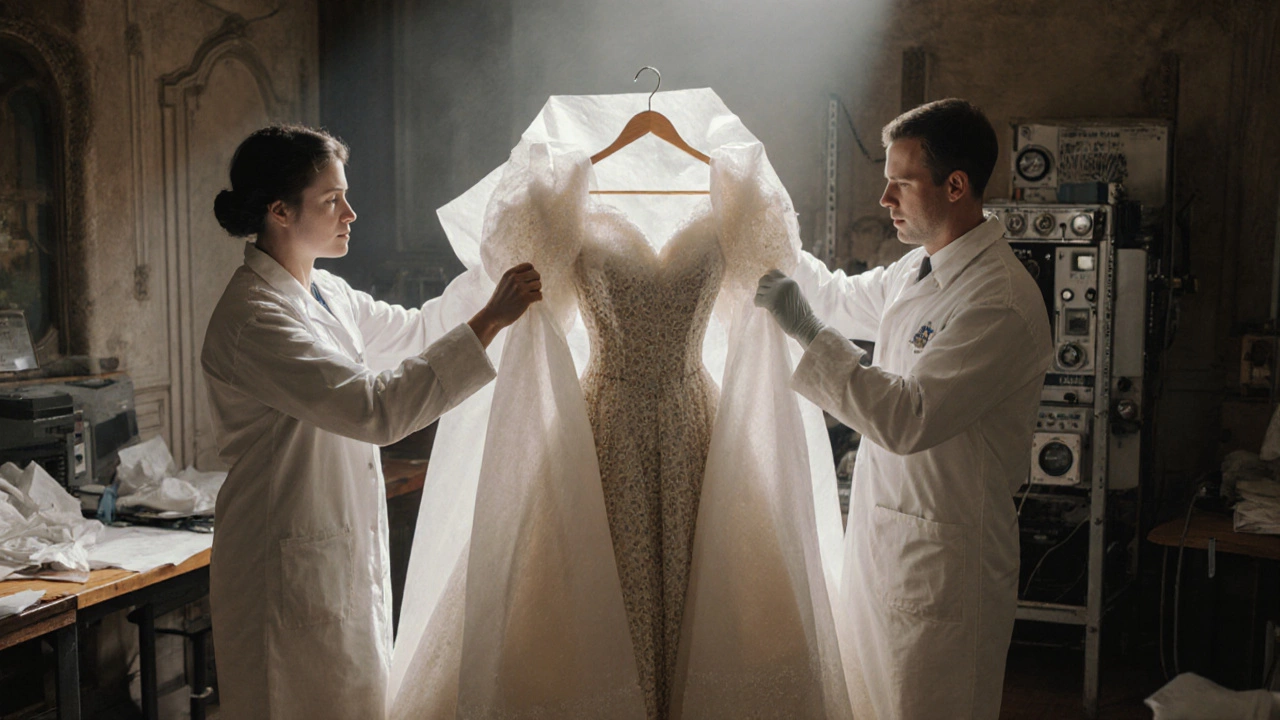When you think of royal fashion archives, a curated collection of garments, sketches, and records from royal families across centuries. Also known as monarchical dress collections, these archives aren’t just about fancy dresses—they’re living documents of power, identity, and cultural change. Every stitch, fabric choice, and silhouette was carefully selected to send a message: loyalty, wealth, mourning, or celebration. These aren’t museum pieces gathering dust—they’re the original trendsetters that still influence what we wear today.
Think about how a queen’s coronation gown shapes the silhouette of bridal wear, or how a prince’s wartime uniform inspired minimalist military-inspired coats. royal style, the distinct clothing choices made by monarchs and their close families isn’t just about luxury—it’s about control, visibility, and symbolism. These choices were policed by court dress codes, dictated by political alliances, and copied by the public. Even today, designers pull from royal archives when creating collections for red carpets or high-end runway shows. The Duchess of Cambridge’s preference for tailored coats? That echoes styles worn by Queen Elizabeth II in the 1950s. The modern revival of lace collars? Traced back to Queen Victoria’s mourning wear.
historical fashion, the evolution of clothing across time, especially as worn by elite or influential groups is deeply tied to technology, war, and social shifts. Royal fashion archives show how silk from China reached European courts, how synthetic dyes changed royal color palettes after the Industrial Revolution, and how wartime fabric rationing forced even queens to wear simpler, reused garments. These aren’t just stories—they’re lessons in sustainability, resourcefulness, and adaptation. The same questions we ask today—what’s ethical to wear? What lasts? What says who we are?—were asked by royal tailors centuries ago.
And it’s not just about women. Men’s royal fashion archives reveal how military cuts became everyday suiting, how powdered wigs gave way to natural hair as a sign of rebellion, and how accessories like gloves or canes carried hidden meanings. These details matter because they show fashion isn’t frivolous—it’s political, emotional, and deeply human.
What you’ll find in the posts below isn’t a list of royal outfits. It’s a look at how those choices ripple outward. How a single hat worn by a princess in 1923 influenced a 2024 trend. How a fabric used for a king’s coat became the standard for durable outdoor furniture. How storage methods for delicate royal garments inspired modern ways to protect wood furniture from damp. These connections aren’t obvious—but they’re real. And they’re why royal fashion archives still matter, even if you’ve never worn a tiara.

After Queen Elizabeth II's death, her vast wardrobe was preserved as national heritage. No clothes were sold-instead, select pieces are reused by other royals, archived for history, and occasionally displayed in public exhibitions.
More